Painted logo and markings on Lansinoh mOmma glass bottles contain high Lead paint (at levels considered unsafe for children)
Introduction (for those new to this website):
Tamara Rubin is a federal-award-winning independent advocate for consumer goods safety and a documentary filmmaker. She is also a mother of Lead-poisoned children, her sons were acutely Lead-poisoned in 2005. Since 2009 Tamara has been using XRF testing (a scientific method used by the U.S. Consumer Product Safety Commission) to test consumer goods for toxicants (specifically heavy metals), including Lead, Cadmium, Mercury, Antimony, and Arsenic. All test results reported on this website are science-based, accurate, and replicable. Items are tested multiple times, to confirm the test results for each component. Tamara’s work was featured in Consumer Reports Magazine in February of 2023.
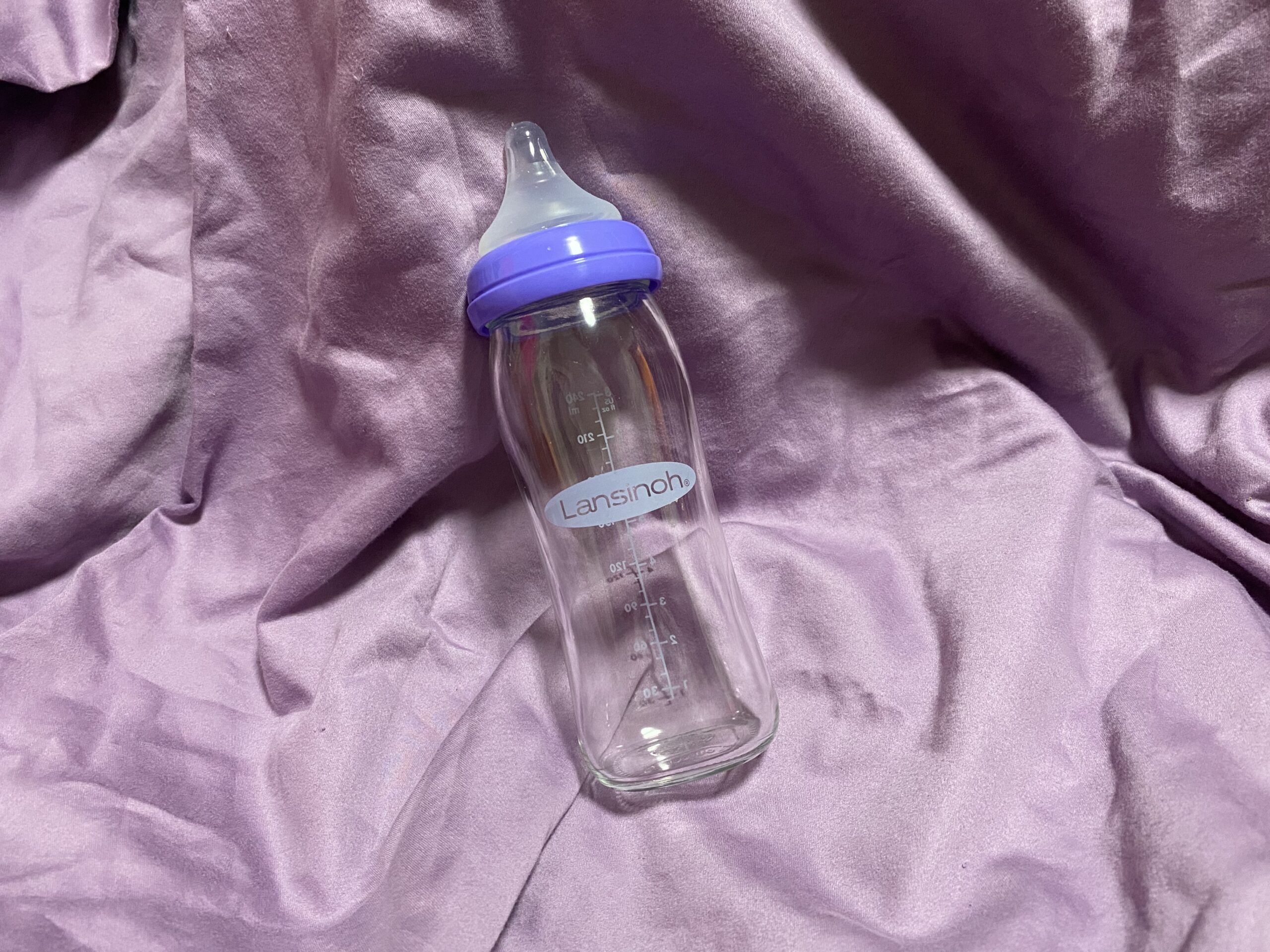
December 19, 2021 – Sunday
The Lansinoh mOmma glass baby bottle pictured here tested positive for Lead in the painted logo markings on the bottle. The XRF test results for a 60-second test (repeated multiple times to confirm the levels) were as follows:
- Lead (Pb): 3,525 +/- 42 ppm
- Cadmium (Cd): 50 +/- 3 ppm
- Mercury (Hg): non-detect
- Bromine (Br): non-detect
- Chromium (Cr): non-detect
- Iron (Fe): 109 +/- 35 ppm
- Cobalt (Co): 2,293 +/- 55 ppm
- Zinc (Zn): 6,204 +/- 74 ppm
- Titanium (Ti): 8,341 +/- 459 ppm
- Zirconium (Zr): 1,311 +/- 16 ppm
- Niobium (Nb): 280 +/- 8 ppm
- Indium (In): 13 +/- 3 ppm
- Tin (Sn): 112 +/- 4 ppm
- Antimony (Sb): 17 +/- 5 ppm
- Platinum (Pt): 139 +/- 28 ppm
- No other metals were detected in consumer goods mode.
How much Lead is too much Lead?
Lead is considered unsafe in items intended for use by children if the level of Lead in the paint, glaze, or coating is 90 parts per million or greater. The paint on the exterior of these bottles tested positive for lead at over 3,500 ppm, yet that is not considered illegal because (?) apparently the CPSC does not consider baby bottles to be an item intended for use by children. We are trying to fight this regulatory loophole so that Lead paint will be outlawed on all baby bottles and baby feeding products. Please read more about the concern HERE on this link and HERE on this link.
NOTE: Don’t despair! There are LEAD-FREE choices out there (see links below) — the point is that we shouldn’t have to make this choice. All baby food containers and baby bottles should be Lead-free.
Thank you for reading. Thank you for sharing my posts. Please help me beat the social media censoring algorithms and help me inform mothers everywhere that their glass baby bottles may be painted with Lead paint. If you have questions about YOUR bottles and you have not been using a NUK or Lansinoh bottle, please type the brand name of your bottle in the search bar here on this website and you can find out if I have tested it (and can read the test results for each component tested). Several of the brands I have tested are also listed in the links in the next section of this post.
UPDATE: A Mom just asked me “What should I do!? We’ve been using these bottles!”
My response was to ask the mom to read this post (link here) which essentially applies to these concerns even though the headline (which is about potential fireworks exposure) might make it seem like it doesn’t!
- There is no study that demonstrates whether or not a child has been harmed by bottles like this.
- For me, what this means is that they have not been determined as safe.
- One could say that more study is needed before they could be considered safe – but I think that’s ridiculous, why are we trying to determine if Lead paint on the outside of a baby bottle is safe? We know Lead paint is extremely harmful even at trace amounts.
- Better yet – companies should just spend that same amount of energy (that they might spend on a study) on replacing the lead paint on the baby bottle with Lead-free paint.
- There is simply not any information that might indicate that Lead paint on the outside of baby bottles is a good idea AND there is, in fact, a study from England (c. 2017) that clearly calls out the potential risk for exterior lead painted decorations on glassware: check out the study here.
- Baby bottles are by default “glassware” even though the above-linked study did not expressly test baby bottles.
To read more on LeadSafeMama.com about this topic check out the following links:
- More Nuk baby bottle patterns I have tested + communications.
- More baby bottles I have tested + communications.
- Avent baby bottle test results.
- Pura Kiki baby bottle test results + communications.
- Green Sprouts sippy cup / baby bottle test results + communications.
- Dr. Brown’s baby bottles
- LifeFactory Baby Bottles
- EvenFlo Glass Baby Bottles
- Hevea Baby Bottles
- Jervis & George Glass Baby Food Storage
- Ball Brand Glass Baby Food Storage
- Weck Brand Glass Baby Food Storage
- Baby Bottle Recommendations (Lead Free!) on www.ShopLeadSafeMama.com
- Baby Food Storage Recommendations.
Tamara Rubin
Owner – Lead Safe Mama, LLC
Mother of Lead poisoned children
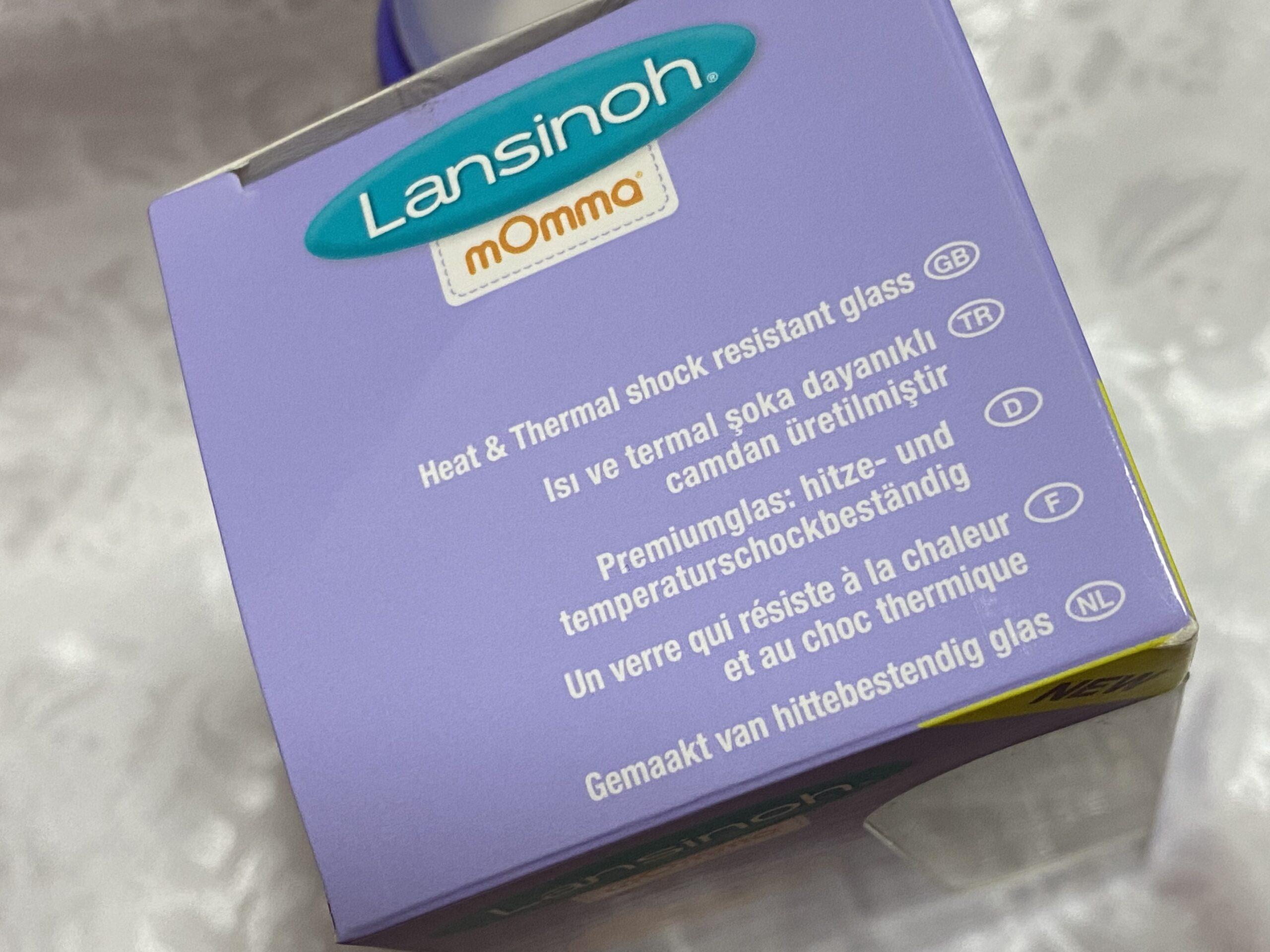
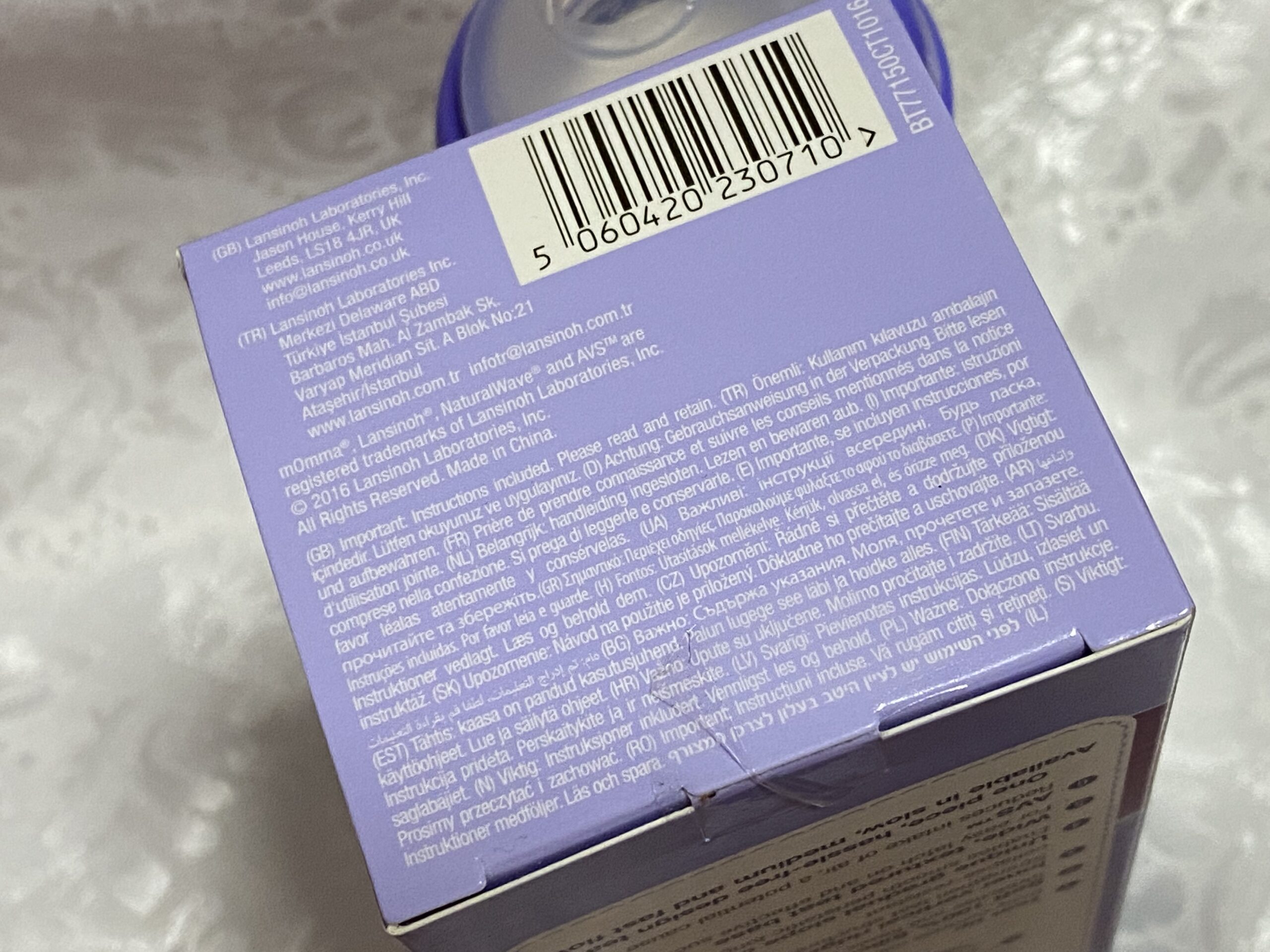
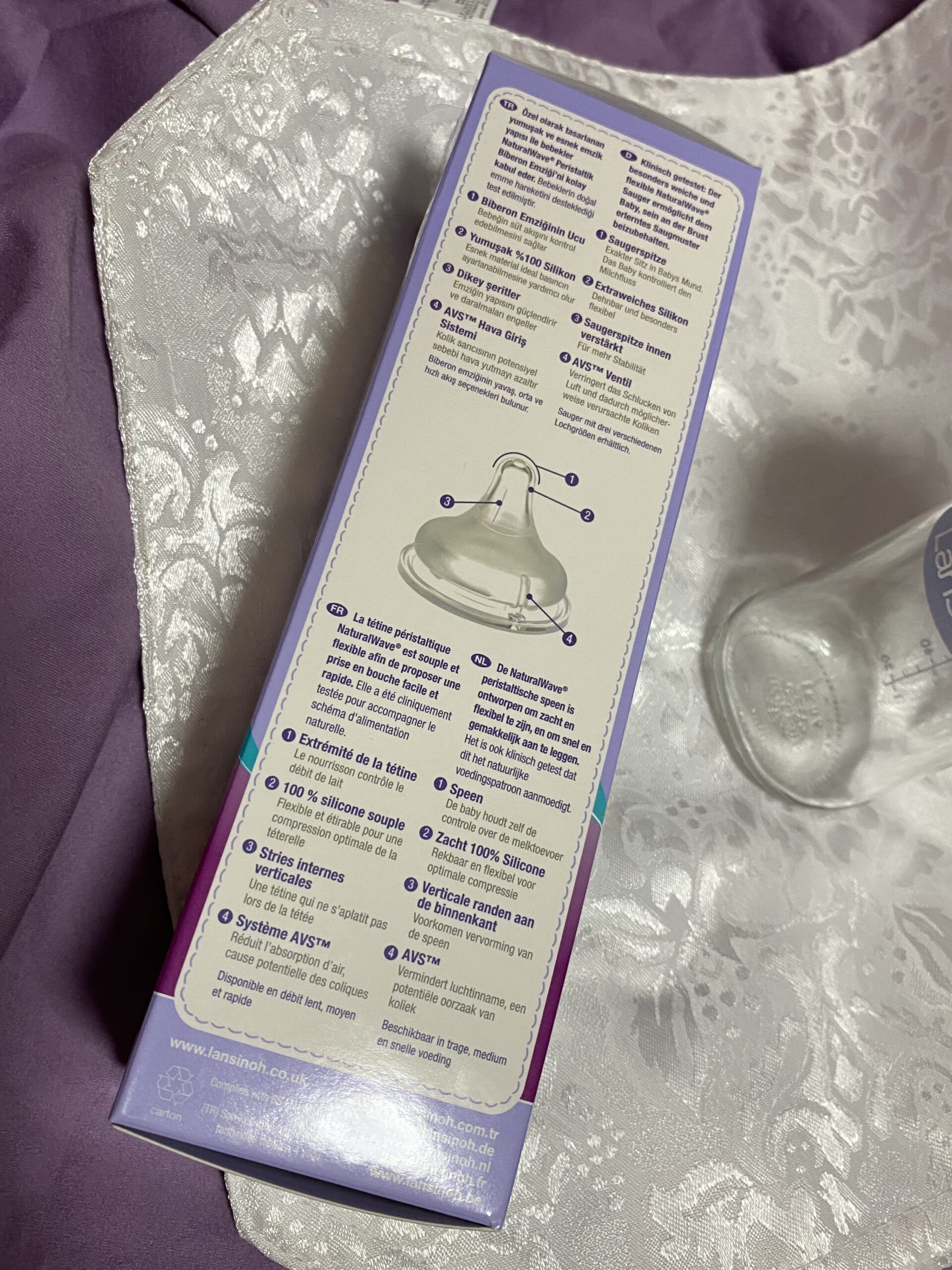
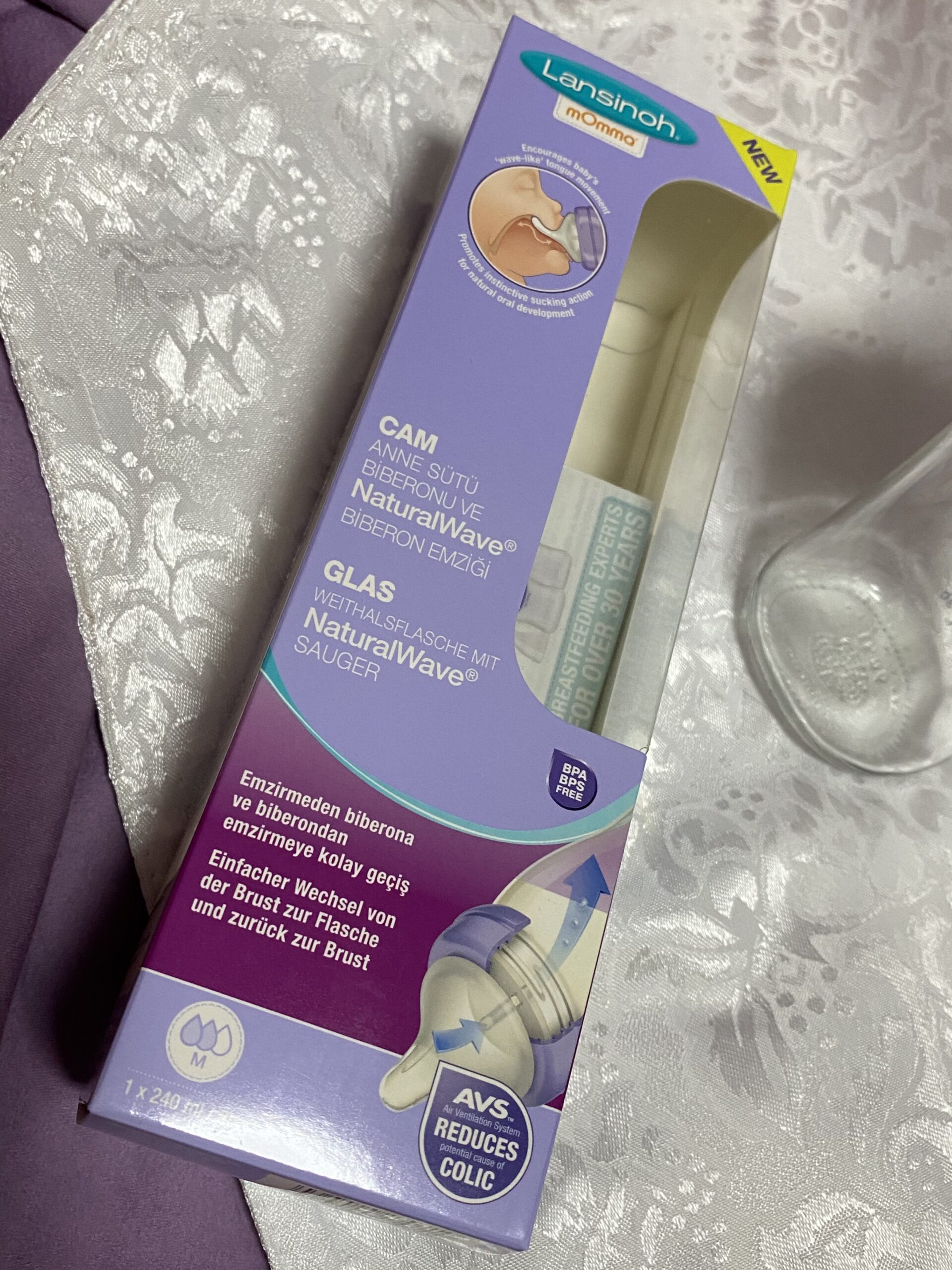
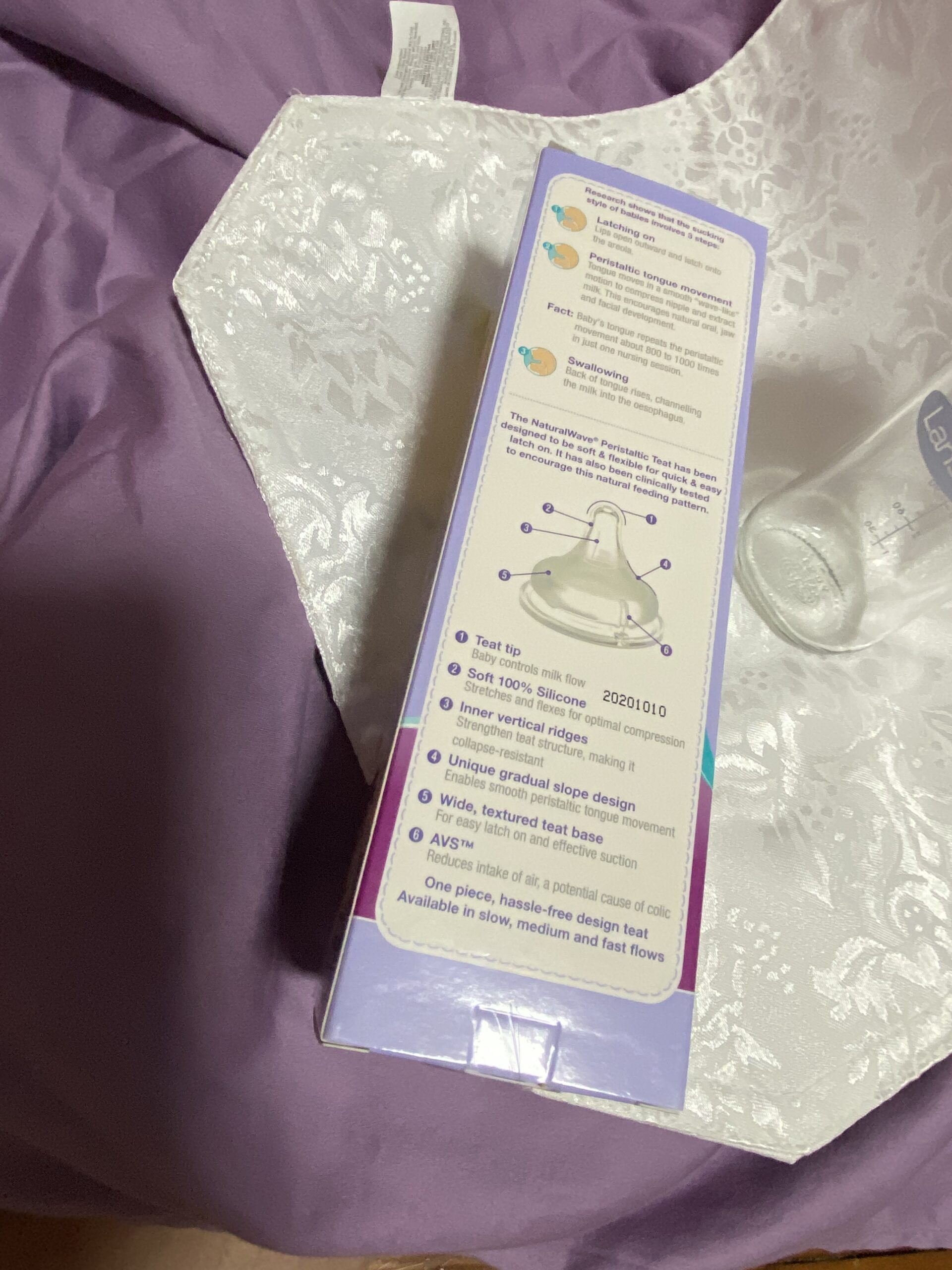
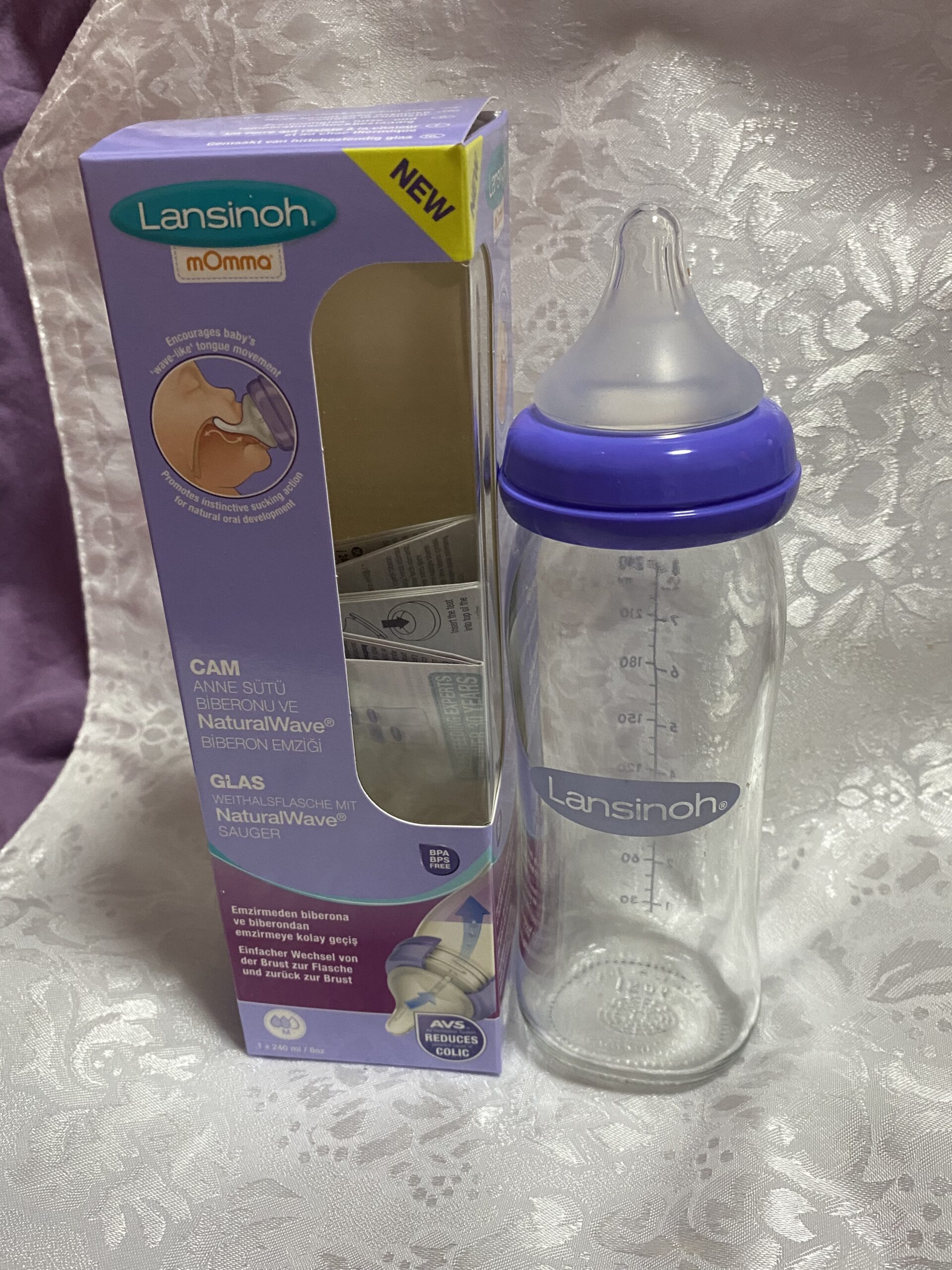
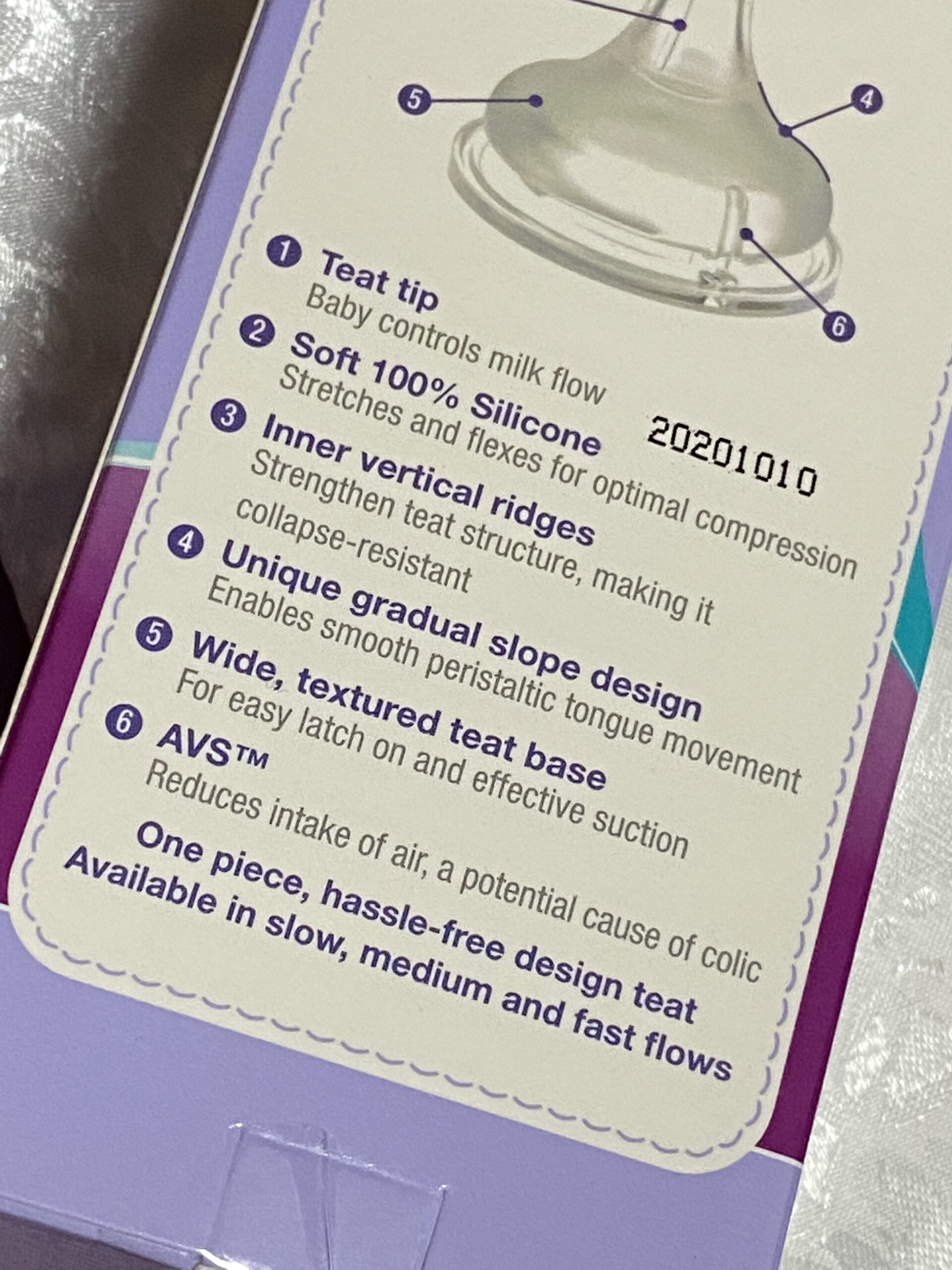

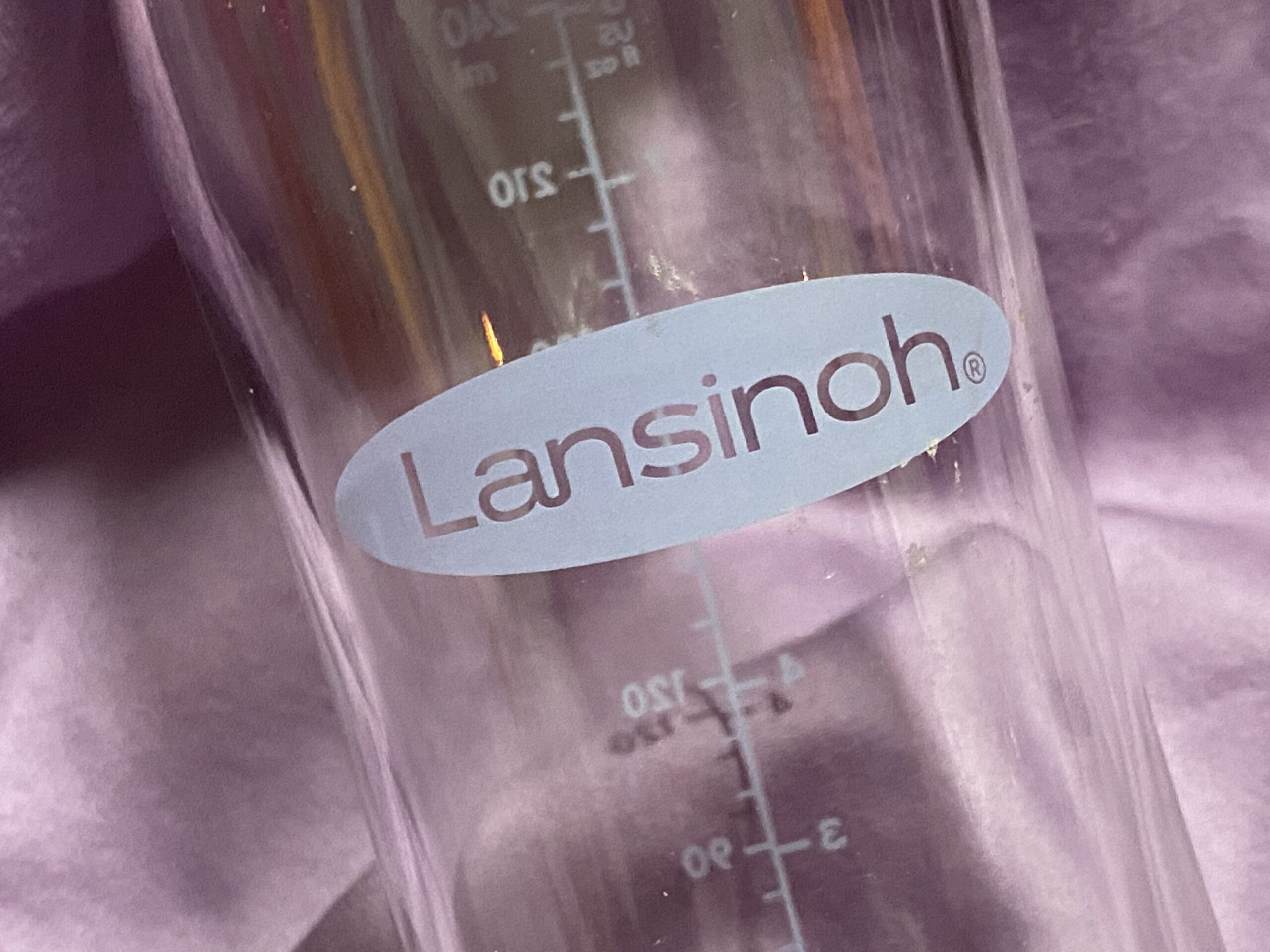
Never Miss an Important Article Again!
Join our Email List








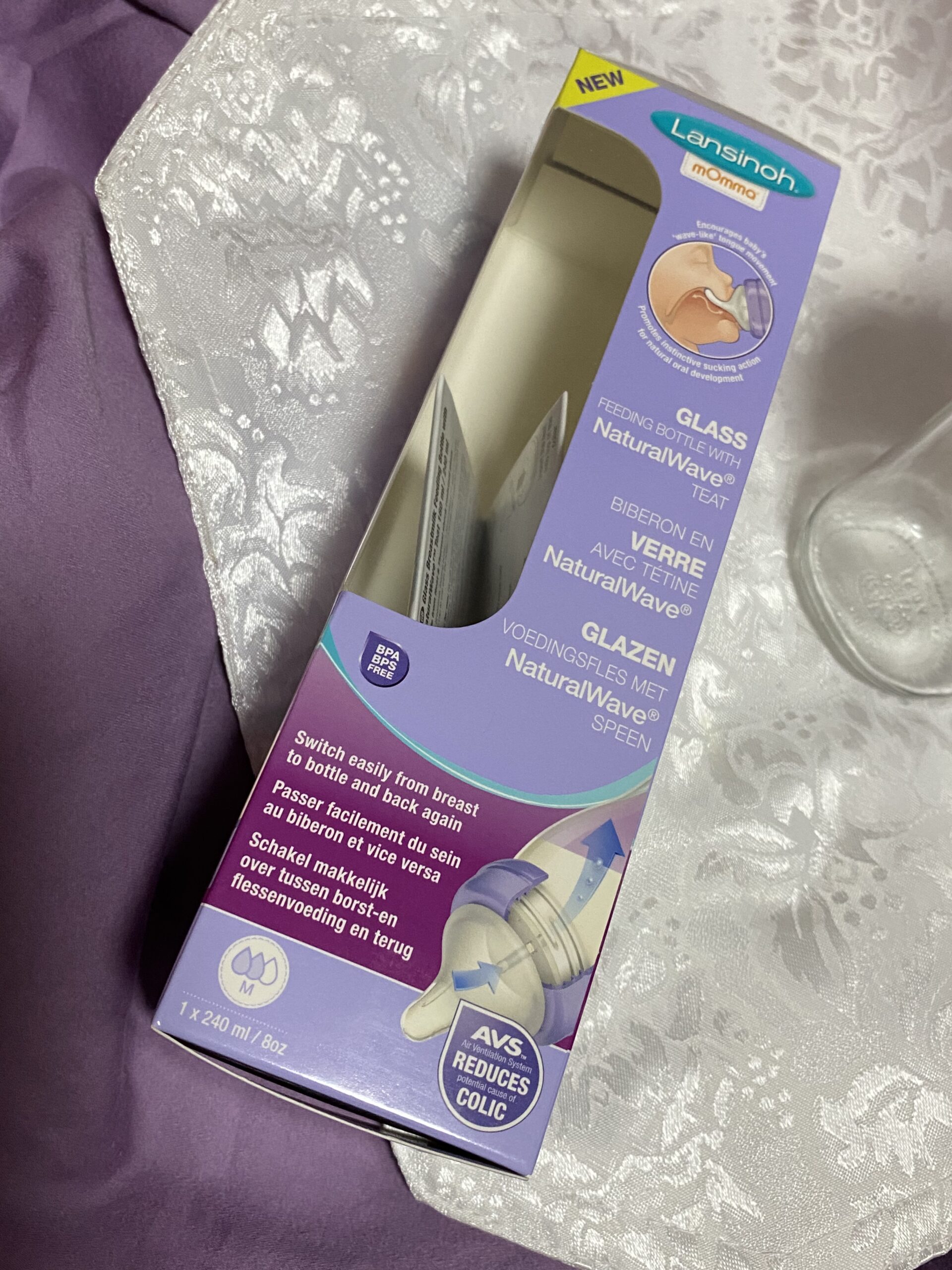
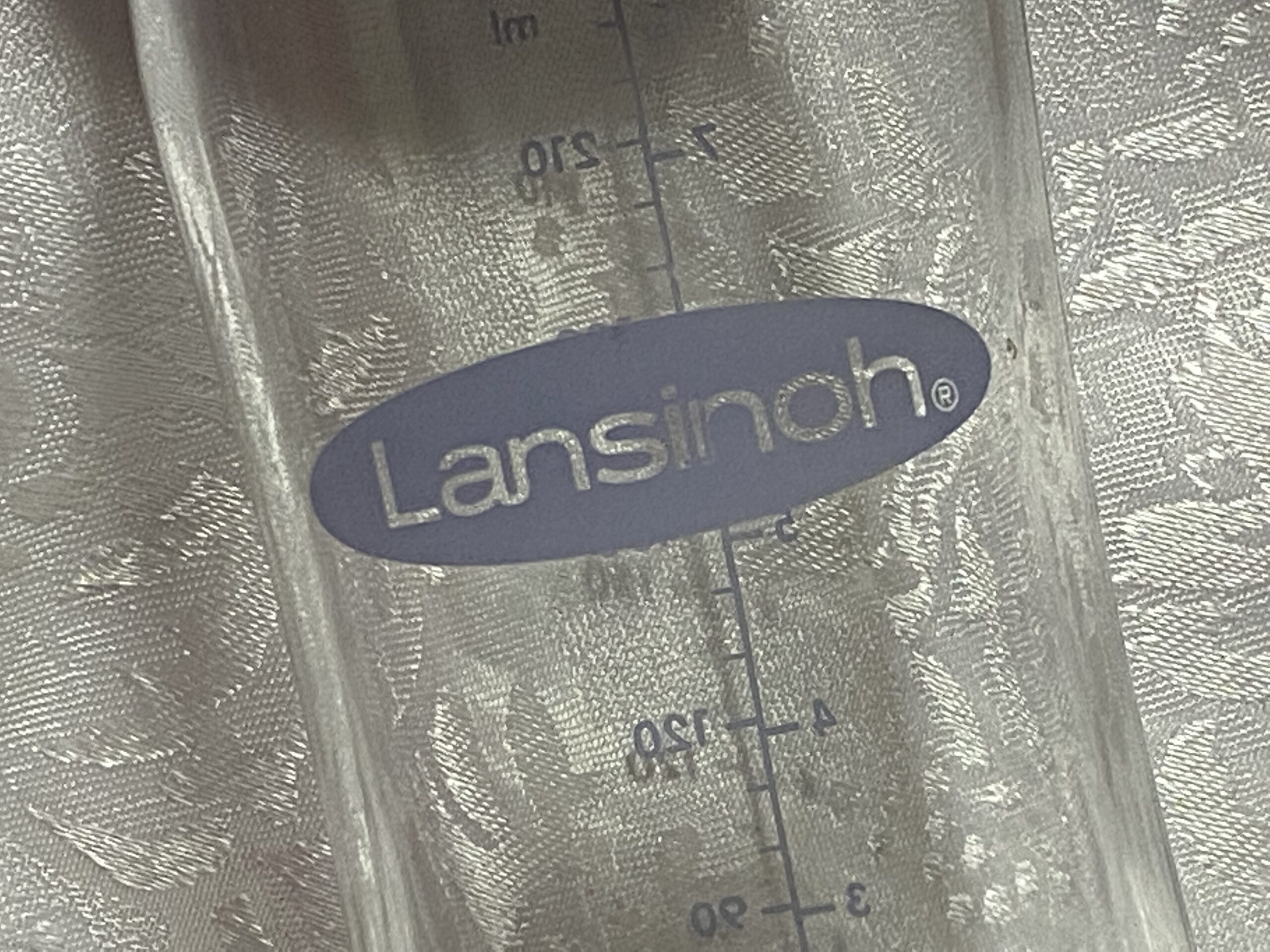

I have been using this bottle to store my milk in the fridge. Baby never touched it. Does it mean she didn’t get exposed to lead?
Did you happen to test the silicone nipple? I’d like to see the results of that, please.